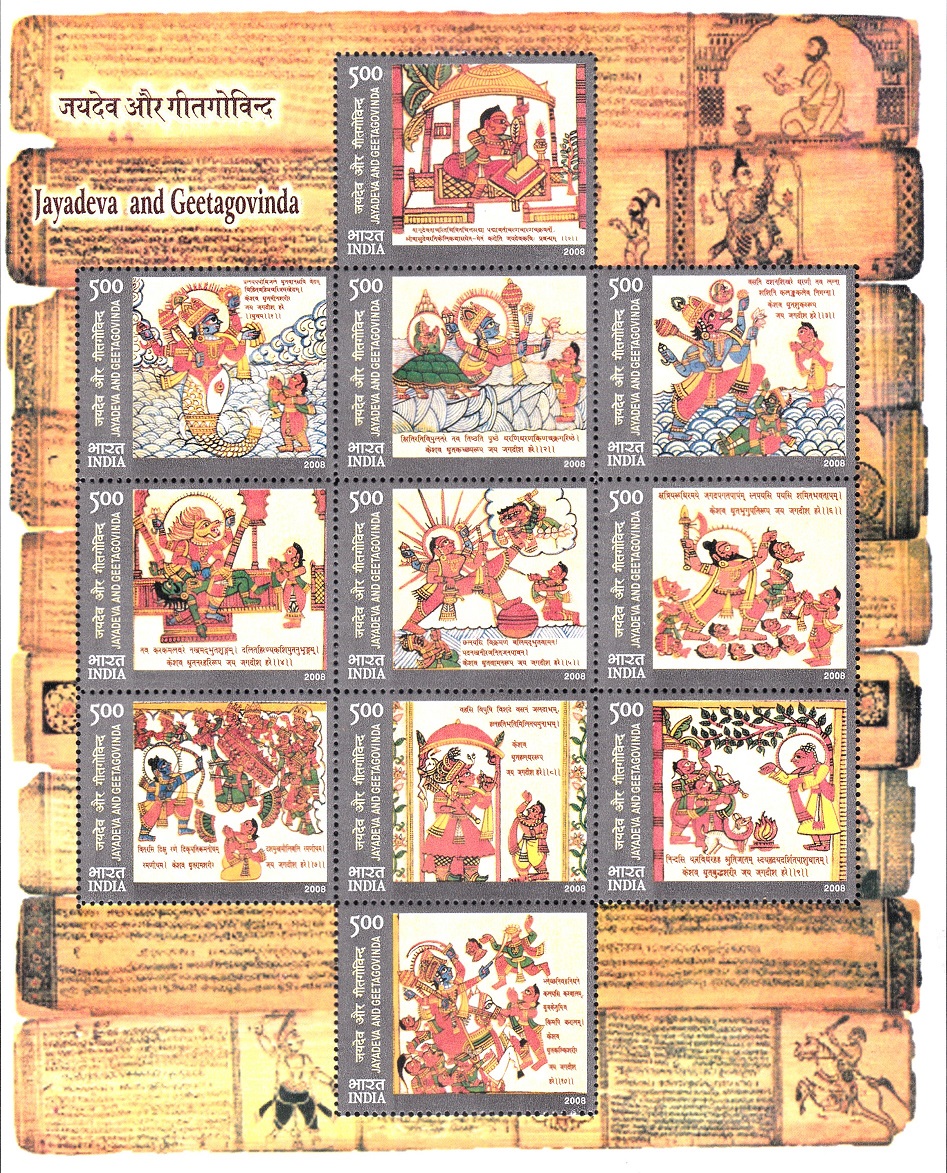
Jayadeva and Geetagovinda
A Miniature Sheet consisting of 11 nos of commemorative postage stamps on the Sanskrit Poet, Jaidev and his composition on Dashavatara, Gita Govinda :
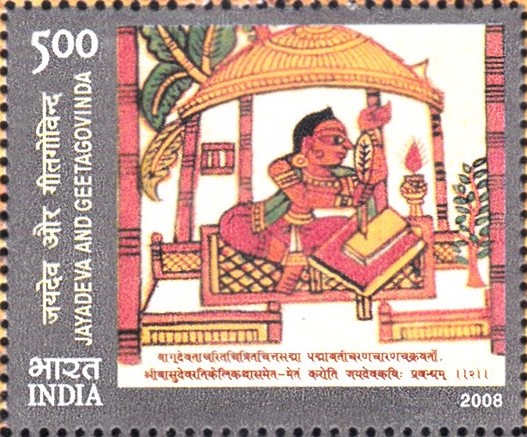
![]()
![]()
![]()
![]()
![]()
![]()
![]()
![]()
![]()
![]()

 Issued by India
Issued by India
Issued on Jul 27, 2009
Issued for : The Department of Posts is happy to release a set of commemorative postage stamps on Jayadeva and Geetagovinda.
Design : The stamps and the first day cover lay cover are a depiction and celebration of Jayadeva’s composition on Dasavatar.
Credits :
Stamp & FDC : Sankha Samanta
Cancellation : Alka Sharma
Type : Miniature Sheet, Mint Condition
Colour : Multi colour
Denomination : 500 Paise each
Stamps Printed : 1.0 million each (1.0 X 11 = 11 million stamps)
Miniature Sheet : 1.0 million
Printing Process : Photogravure
Printer : India Security Press, Nasik
About :
- Geetagovinda by saint poet Jayadeva is unique work in Indian literature and has been a great source of literary and artistic inspiration for the last nine centuries. Composed in Sanskrit in the 12th century AD, it has been translated into most of the modern Indian languages and many foreign languages as well. People have enjoyed singing its melodious lyrics and have danced to the tune of the Geetagovinda in all classical dances of India and in palas and kirtans. The Geetagovinda surpasses almost all preceding works of Sanskrit literature in the composite appeal of its music, poetry and mystical content. It has charmed, enraptured, feasted and charged the mind and the soul of the people of India in abundance since the 12th century AD. The Geetagovinda has been sung, danced and enacted at Puri Jagannath Temple and in several other temples throughout India.
- Gitinatya or dance drama is the earliest type of traditional Sanskrit drama in India. Geetagovinda marked the transition stage between pure lyric and pure drama. It has the unique advantage of a poem, which could be enjoyed simply by hearing it recited or sung and could also be adopted in dance form to dramatic presentation. It has influenced the art, music, dance and literature of India to such an extent that it is almost impossible to find a school of thought in India in the field of literature, philosophy, visual and performing arts without the magic touch of Geetagovinda. The Geetagovinda paper, patta and textile paintings are available in abundance in many parts of India. The pictorial traditions of the Geetagovinda extend from east to west, touching Orissa, Bihar, Bengal, Himachal Pradesh, Kashmir, Rajasthan, Gujarat and even Nepal. Geetagovinda singing has a very long tradition in Andhra Pradesh, Karnataka, Tamil Nadu, Kerala and Manipur.
- Jayadeva, the author was not only a great singer and a poet but above all a great saint whose devotion for Radha and Krishna and Jagannath left an indelible luster on the canvas of time. His influence on the Vaishnav Bhakti cult has been one of the most profound. Vaishnavism, which spread the message of social harmony and united people all over India cutting across narrow class, language and caste boundaries, had Geetagovinda as one of its inspirations and instruments. The Bhakti cults of Radha, Madhav and Dasavatar got firmly implanted and entrenched in the Indian soil. Jayadeva was born on Akshaya Tritiya Day at village Kenduvilwa situated on the bank of river ‘Prachi‘. This area in Toshali was part of Utkal, famous from ancient times.
- Jayadeva‘s father was Bhojadev and mother was Smt. Bamadevi. Bhojadev was a reputed scholar in Sanskrit. With his father’s guidance, Jayadeva acquired a vast learning in Sanskrit literature and theology in very short time. It was from Jagannath temple, Puri that the melodious music of Geetagovinda reverberated to the distant corners of India and then fascinated people all over the world. Jayadeva‘s devotional songs, including the famous one describing the Dasavatar, have inspired choreographers. Padmavati, his wife, performed those dances in the Puri Jagannath Temple. The talas and ragas are such that they were meant for dance performance. The Dasavatar shlokas are chanted as mantras in honour of Vishnu in temples all over India.


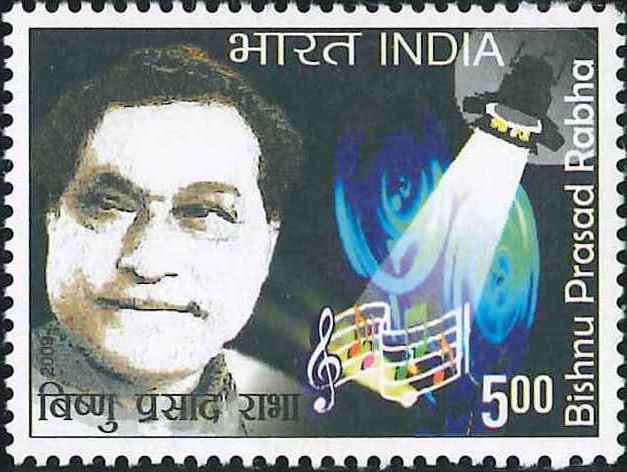
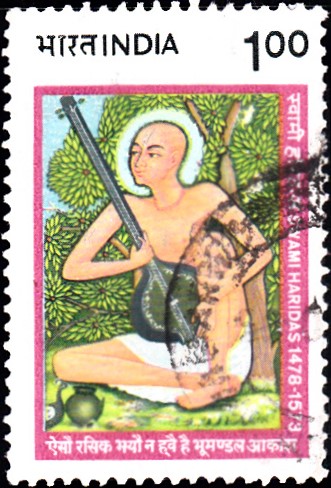
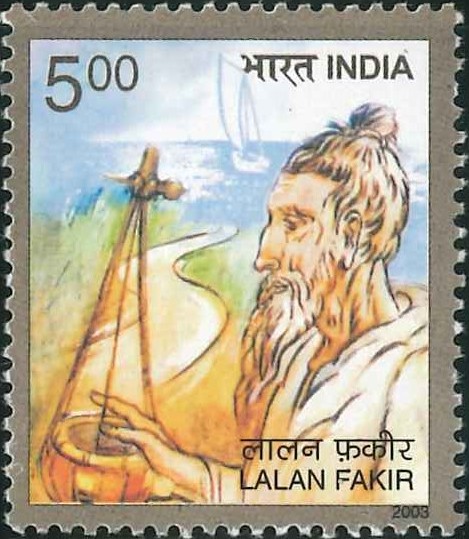

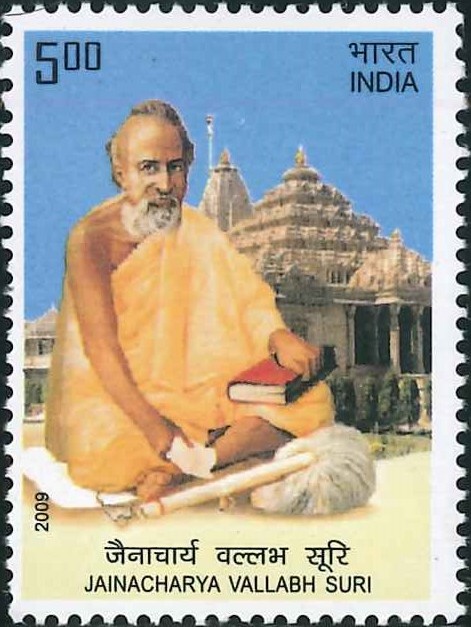
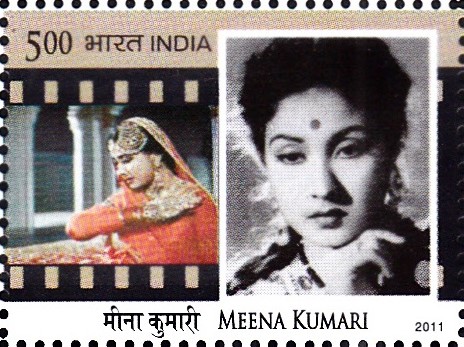
[…] of Birbhum District of West Bengal throughout the year, the two best-known ones are the Jaydev–Kenduli Mela, and the Poush Mela at Santiniketan. While the Poush Mela has become a major […]
[…] teachings of Namdev of Maharashtra, Dhananand Pipa of Rajasthan, Ramanand and Ravidas of Banaras, Jai Dev of Bengal, Shaikh Farid of the North Western find region place in the Holy Granth, along with the […]